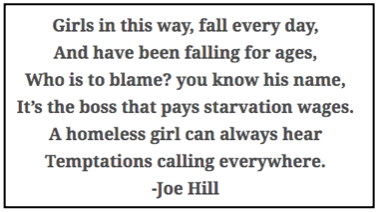 —————
—————
Hellraisers Journal – Monday April 14, 1913
The White Slave Traffic for Sex Commerce in Free America
From The Progressive Woman of April 1913:
—————
THE WHITE SLAVE TRAFFIC
by Agnes H. DowningWHILE all can see that women are sold for sex commerce, until very recently it was believed that the women were themselves the sellers. It was thought that either for love of luxury, or discouragement after seduction, or through their hunger needs women have consented to sell themselves promiscuously. But in late years and through accumulated evidence, it has been proved that the great business of supplying inmates for evil institutions has been and is carried on by persons who make a business of securing the girls for this traffic…..
In 1907 the United States government, through a special committee of the Immigration Commission, made an investigation of the importation and harboring of women for immoral purposes. The report says (Senate document 196, pages 8 and 9):
“…..The procurer may put his woman into a disorderly house, sharing the profits with the madam. He may sell her outright; he may act as an agent for another man; he may keep her, making arrangements for her hunting men. She must walk the streets and secure her patrons, to be exploited, not for her own sake, but for that of her owner…..”
They secure such power over the girls, first, because the girls are young and ignorant of their legal rights, and again because a girl is always suspicioned for being led into such a place. Though she be perfectly innocent, people are not ready to believe her. Lastly, when the punishment is beating or death, girls and men, too, can be forced into almost anything…..
It is just as much the duty of Socialists here and now to combat the white slave traffic as it is to strive for higher wages, rights of asylum, universal peace, or any of the other measures for which we all contend. It is in this broadness of spirit that our best good is to be found.
—————
WHO ARE WHITE SLAVES?
by Jessie AshleyTODAY the whole country talks and writes unceasingly of white slavery. As a descriptive title it is striking, and this fact helps to give it publicity; it attracts attention and sticks in the mind. But it is not wholly accurate. Slaves there are, but they are not always white; many black women and little yellow ones are also slaves in a world that should be free.
Slaves! What is a slave? A human being who has no freedom of choice, one who must live according to the will of another. Technically, when we speak of white slaves, we mean unwilling prostitutes. It is this phase of the matter that is arousing the just rage of a slowly awakening world. No rage can be too great for the crime, it must indeed become so great that it will sweep the horror from the face of the earth…..
Slaves, every woman of them today, whether prostitutes held unwillingly, or prostitutes gone willingly “astray,” whether submissive wife or rebellious virgin. Slaves every one, because there is no freedom of choice, but only a blind, cruel, stupid master, the social system, that without reason and without sympathy enslaves its womanhood.
But the cure is on its way. Women are becoming thinkers and are testing for themselves the chains that bind them. They are learning how to break them. They are at last beginning to realize that they are slaves, and that this is not a necessary condition; just as the working class is beginning to see that wage slavery is not necessary.
So on with the fight against white slavery and black, on with the working class rebellion against wage slavery, but let women especially keep up the rebellion, demanding fearlessly and incessantly sex freedom and economic freedom.
—————

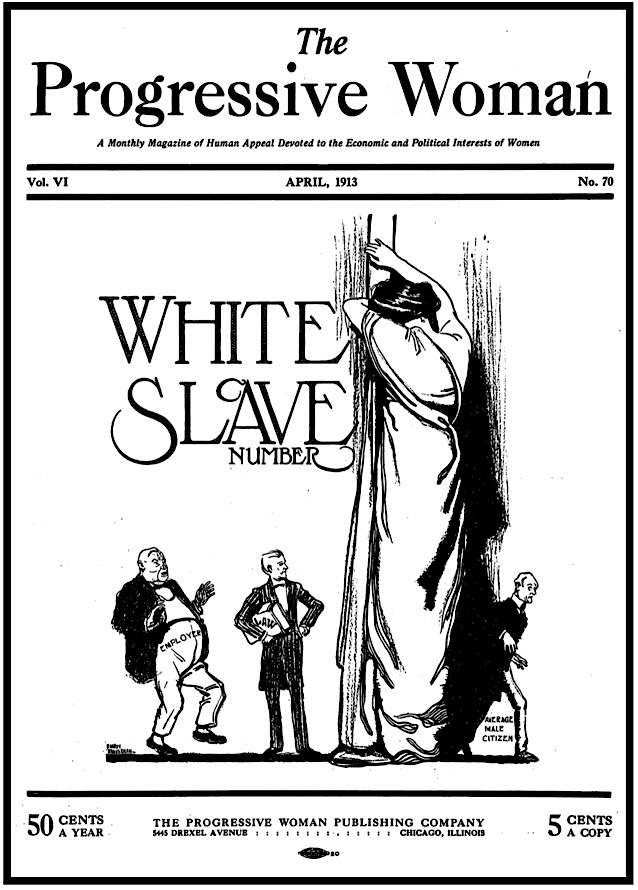
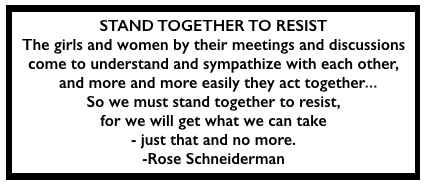 —————
—————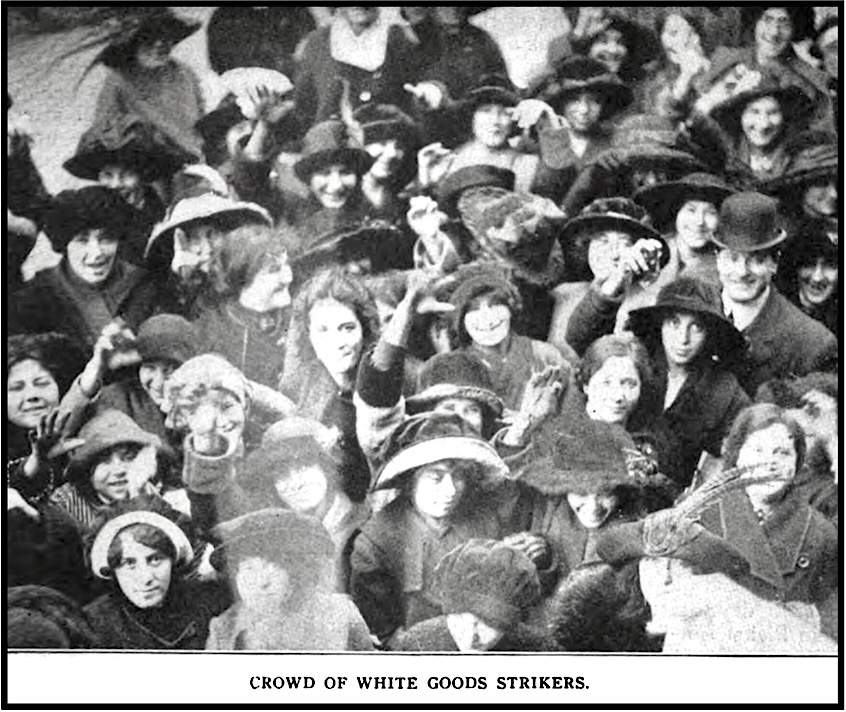
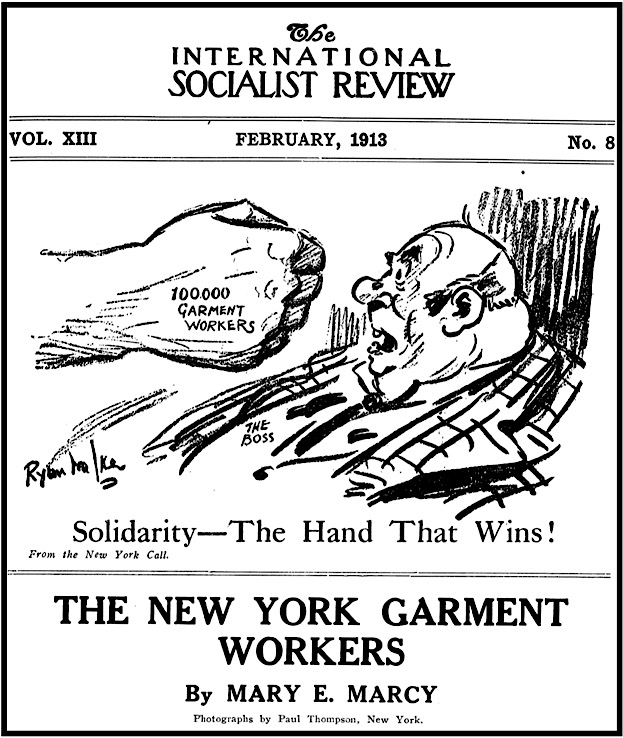
 —————-
—————-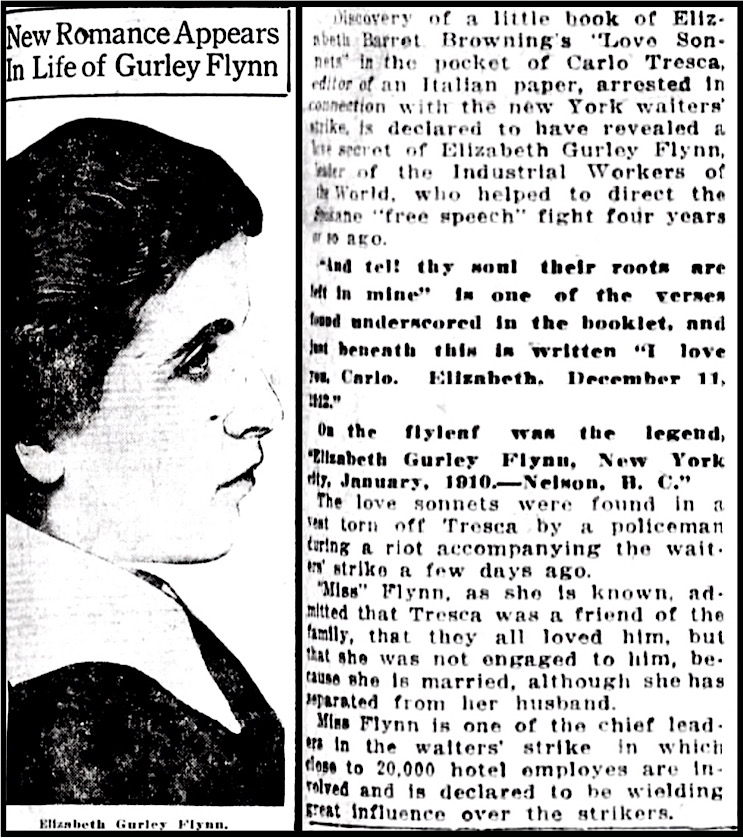
 —————
—————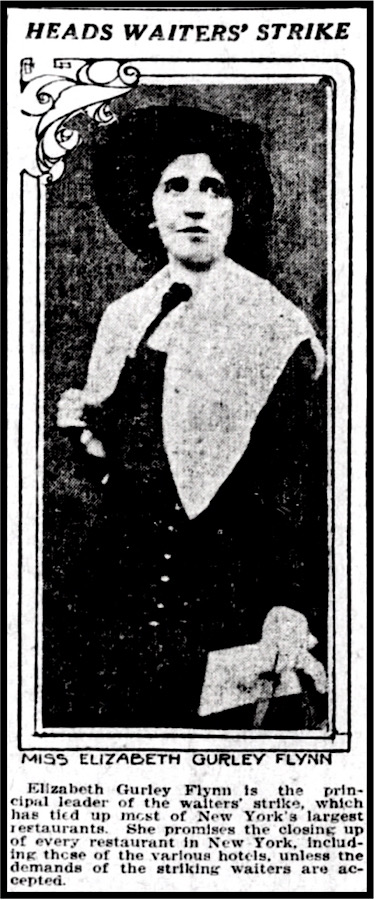
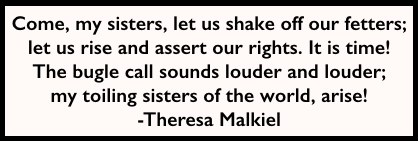 —————
—————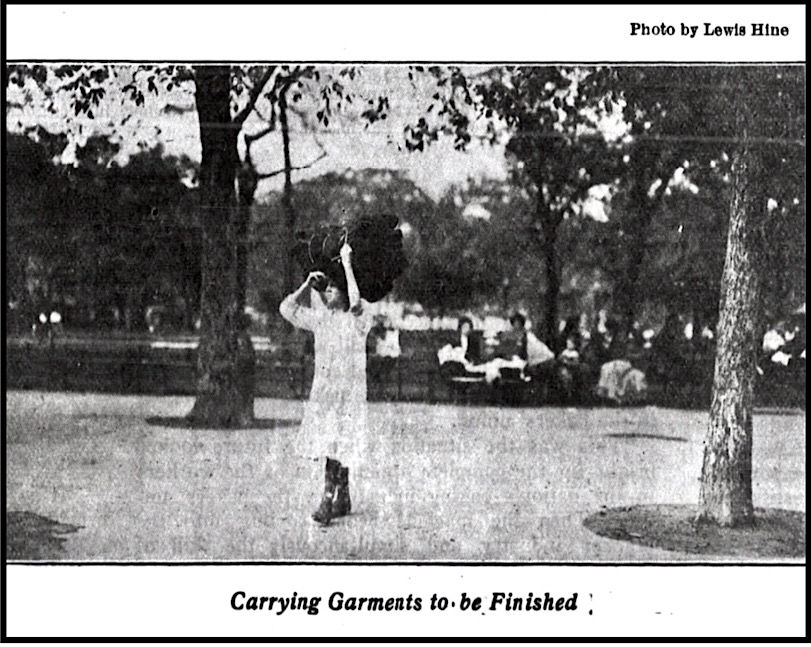
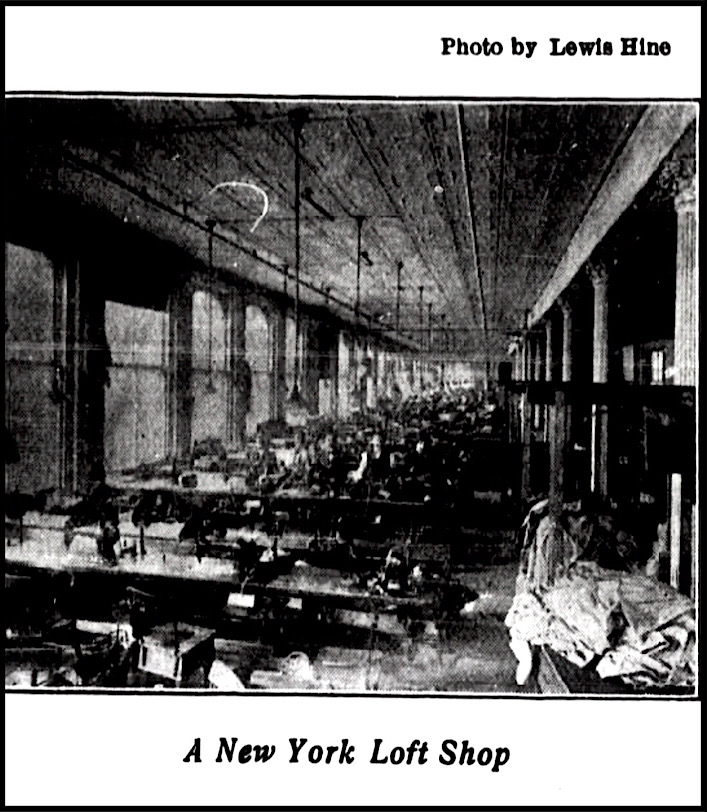
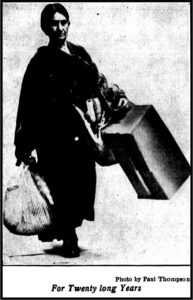
 —————
—————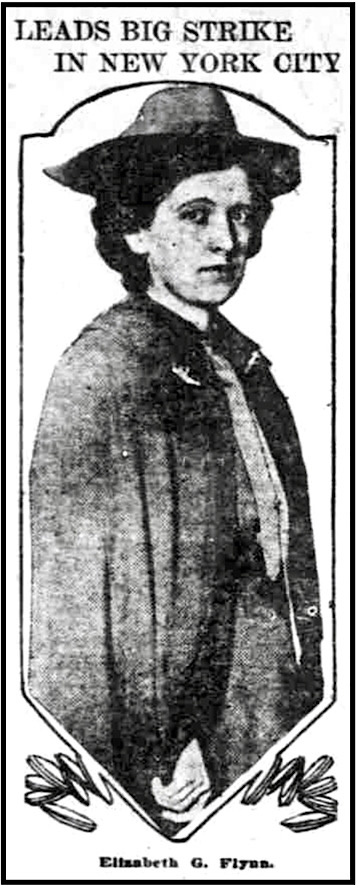
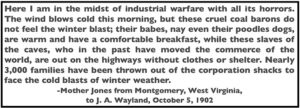 —————
—————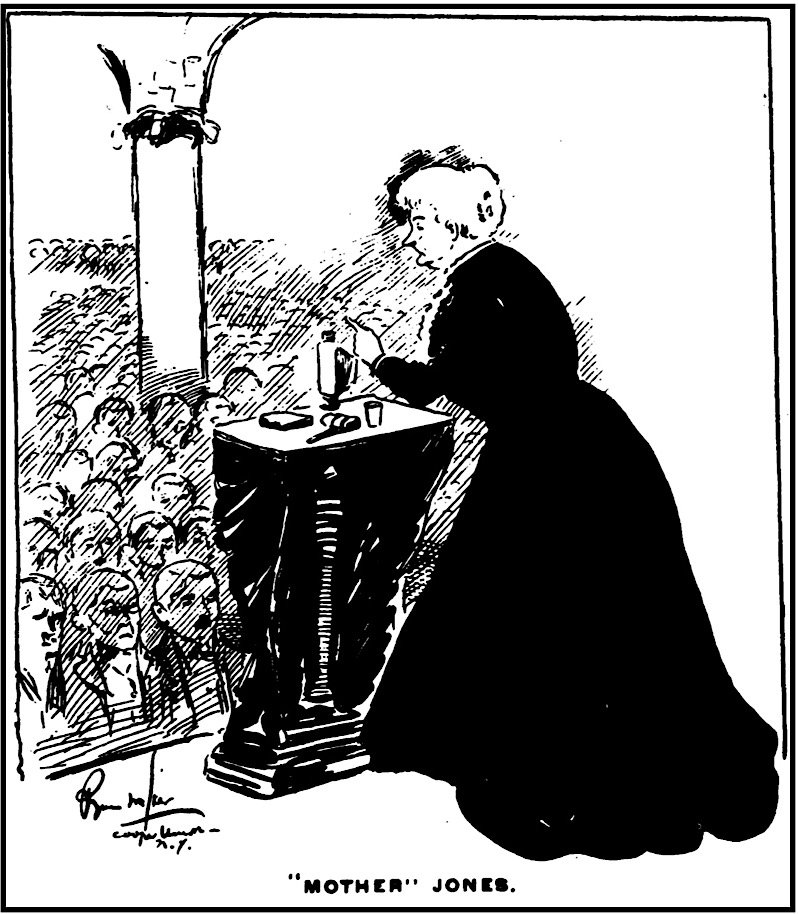
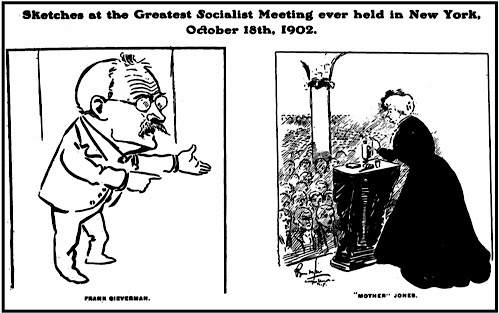 Frank Sieverman and Mother Jones
Frank Sieverman and Mother Jones